Restaurant Financial Reporting Insights That Boost Profit & Growth
R365’s customizable reporting puts you in control with a real-time view of operational and financial performance. Use it to make faster, smarter decisions that drive profit.
Restaurant Reporting Software
See the full financial picture, every day
Build restaurant financial reports your way
Spot Financial Reporting issues early
Drive profit with confidence
Financial Reporting Software Trusted by Leading Restaurant Operators


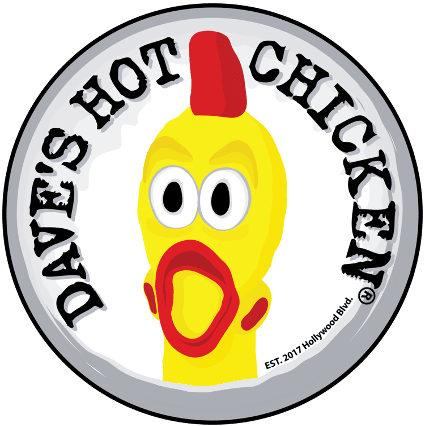

Get Instant Access to Restaurant Sales Reports and Labor Data
- Connect your POS to unlock instant, accurate reporting
- Use built-in reports or build your own
- Distribute critical insights to the right people
- Spot trends early to inform better decision-making
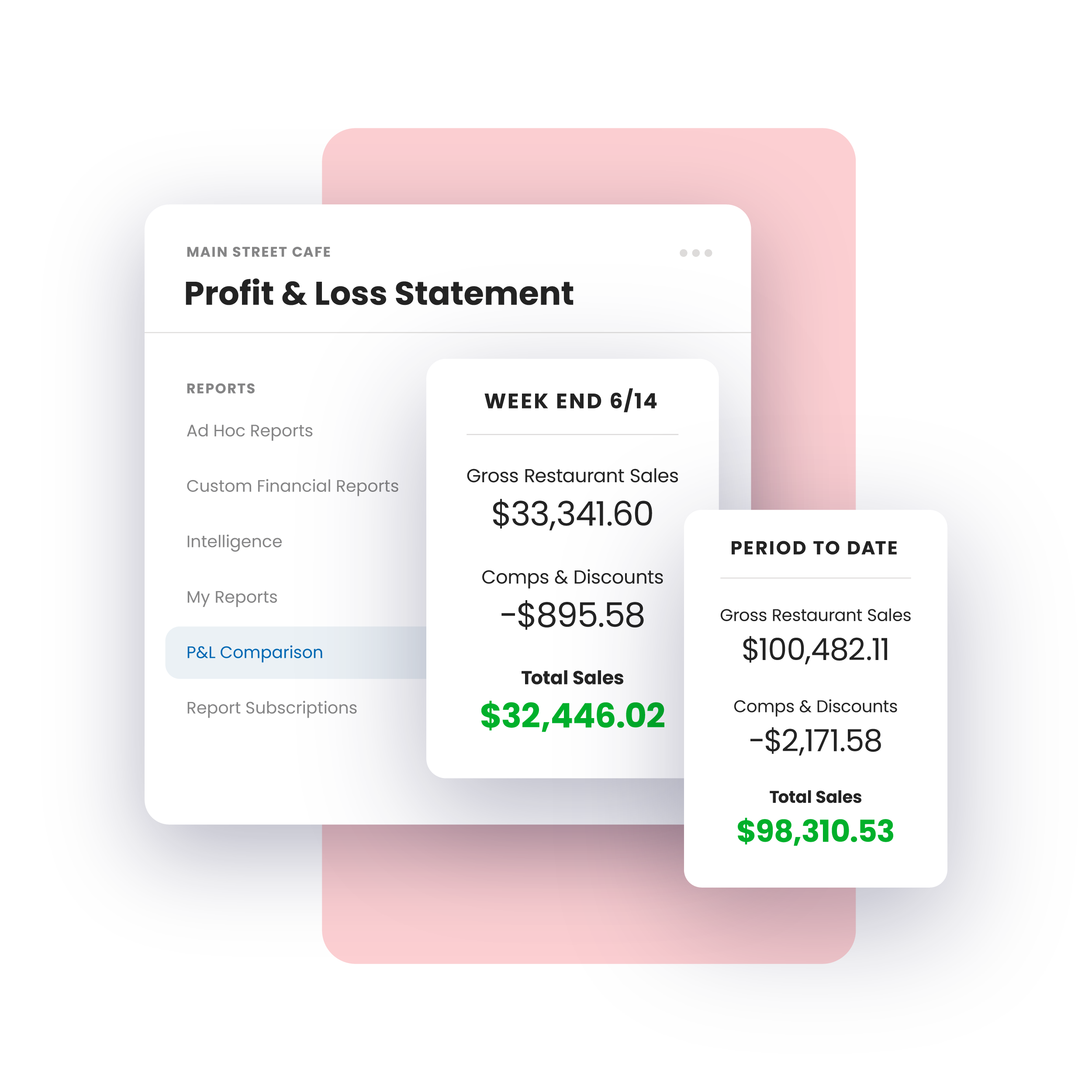
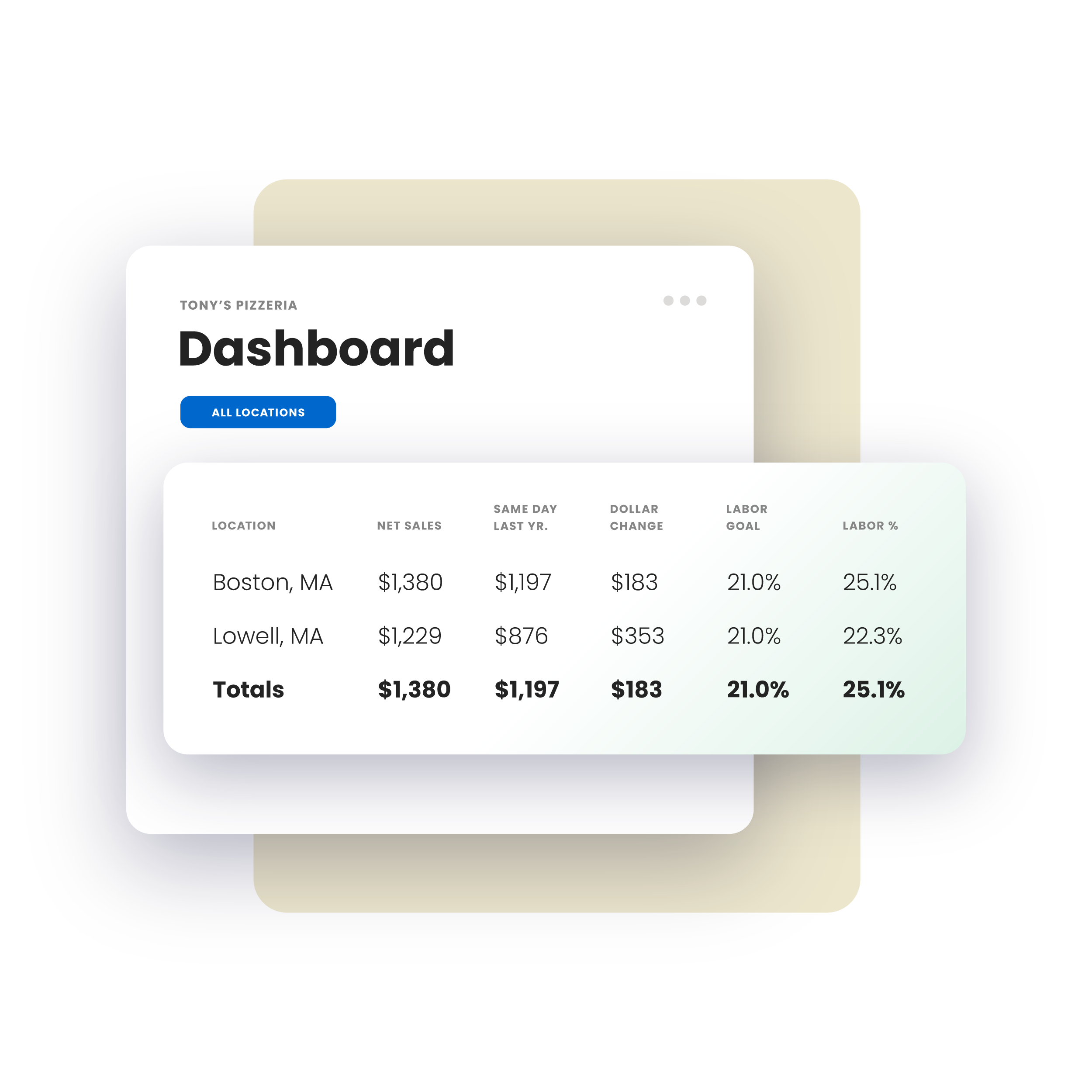
All Your Restaurant Reporting in One Place
- Compare performance side by side across key metrics
- Customize dashboards to surface the insights that matter most
- Identify risks and opportunities and act fast to protect margins
- Set role-based permissions to control access and protect data
Reduce Cost of Goods with Restaurant Financial Reporting
- Eliminate waste before it cuts into your margins
- Catch costly errors across ops, accounting, and vendor activity
- Lock in portion control to protect profit on every plate
- Spot theft fast and stop it before it spreads
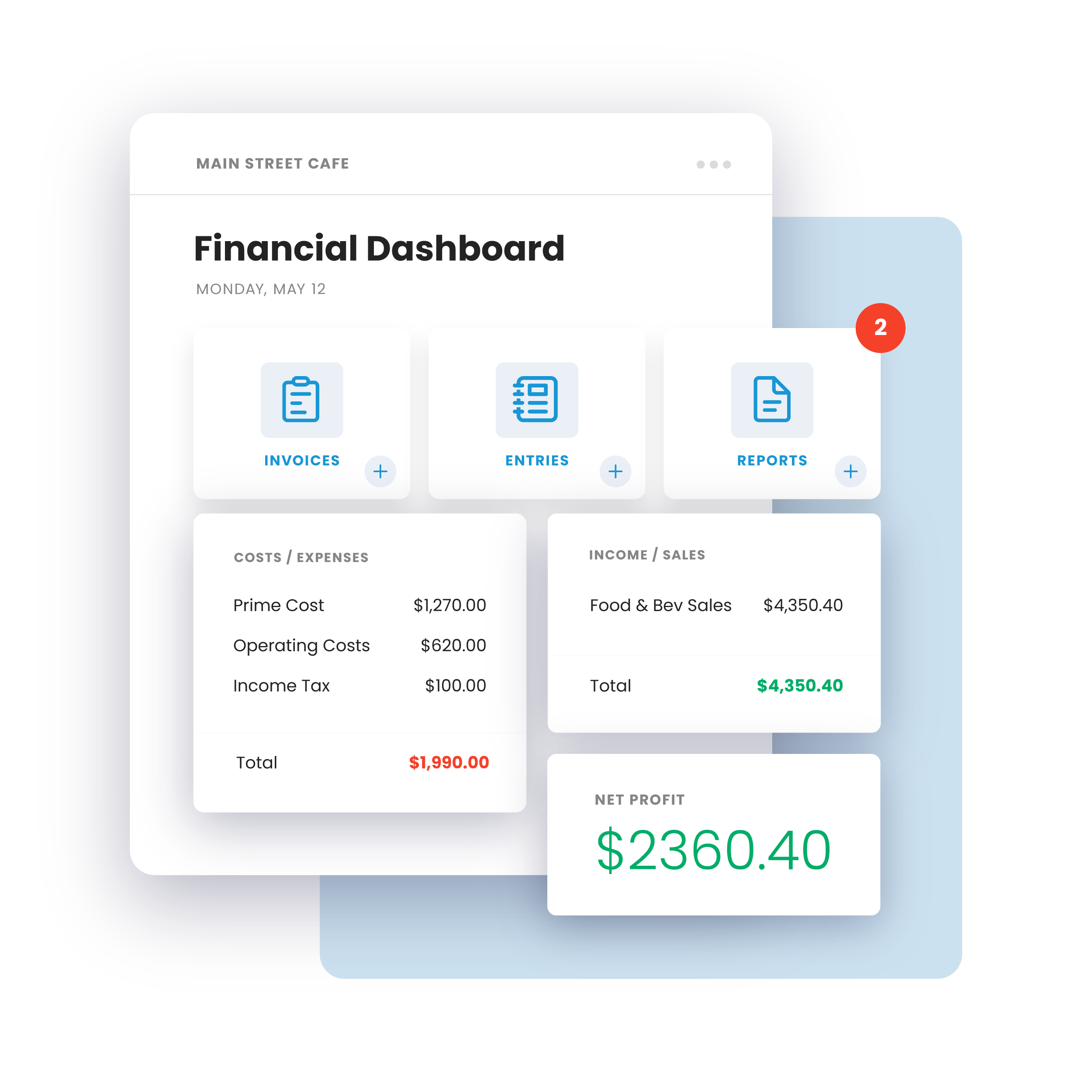
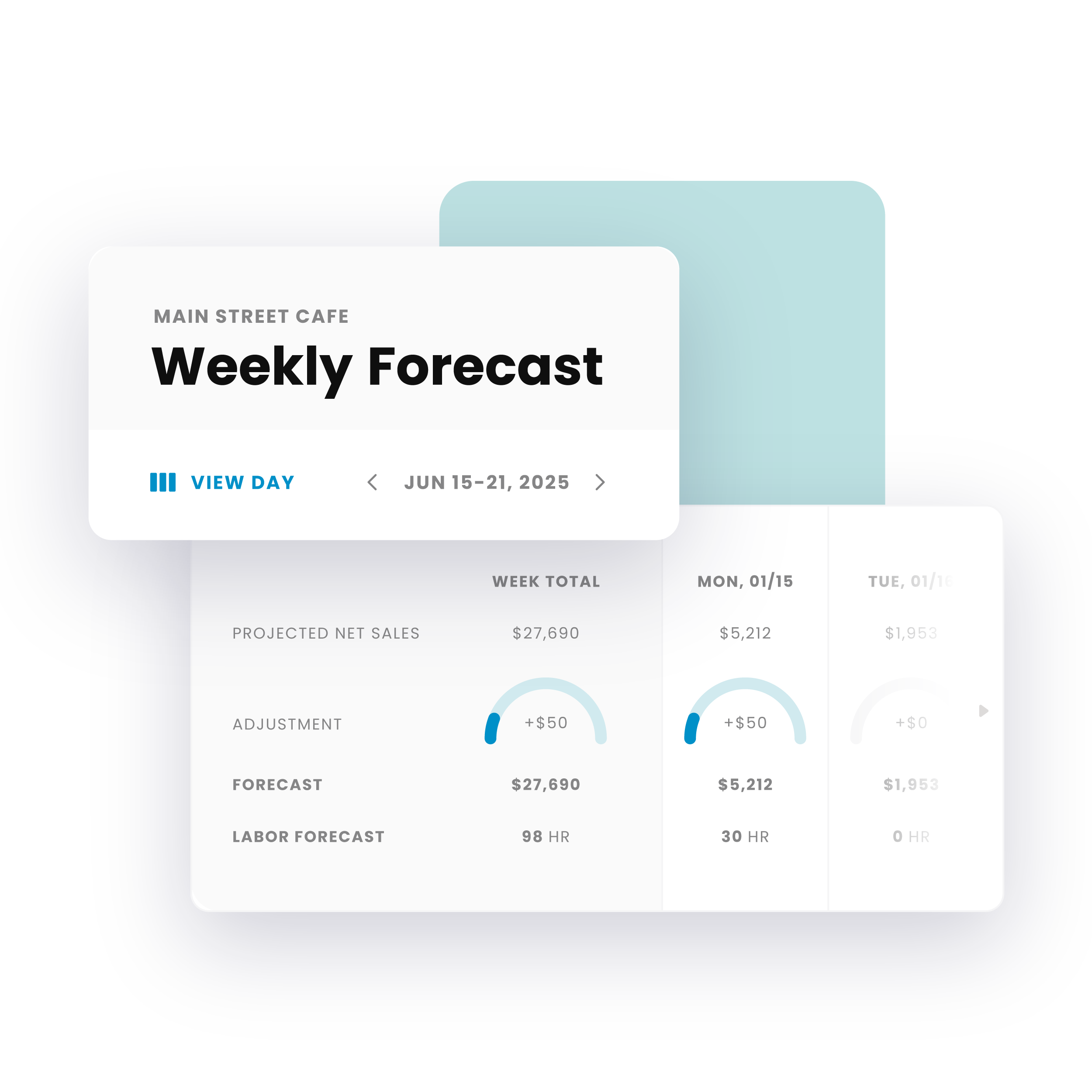
Analyze Profit and Loss for Restaurants
- Pinpoint potential efficiencies or problems with data
- Order exactly what you need, when you need it
- Forecast inventory with precision by tracking sales
- Prevent stockouts and waste by syncing purchasing with demand
Brandon Rojas, Controller
Stomp Chomp & Roll, 21-unit Burger King franchisee
Visualize Restaurant Financial Reporting in One Dashboard
RESTAURANT REPORTING RESOURCES
Helpful Resources for Restaurant Reporting
Access practical guides and tools to help you streamline reporting and make faster, smarter decisions.
FAQ
Accurate financial reporting is essential for keeping restaurants profitable and sustainable. This FAQ addresses which reports to generate, how to allocate overhead across units, and how to reconcile POS sales data with accounting software. You’ll also learn best practices for handling tip-related payroll complexities and which KPIs to track and benchmark for long-term success.
What reports should a restaurant produce on a daily, weekly, and monthly basis?
Restaurants should run daily reports like sales, cash reconciliation, and labor vs. sales to monitor operations. Weekly reports such as prime cost, inventory variance, and a P&L snapshot help control costs and spot trends. Monthly reports like a full P&L, balance sheet, cash flow, and menu engineering give a complete financial picture and guide strategic decisions.
How do I allocate shared restaurant costs and overhead to individual units or departments?
To allocate shared restaurant costs, first identify overhead like corporate salaries, rent, or marketing. Then choose a fair basis such as sales, headcount, square footage, or direct usage. Apply the method consistently with recurring journal entries, keeping it simple and reviewing allocations annually.
How do I reconcile POS and sales data with accounting software?
R365 integrates with your POS to pull in a Daily Sales Summary, which maps sales, comps, discounts, and tenders directly into the general ledger. You then reconcile these entries against bank deposits, with timing issues or chargebacks flagged for adjustment. Daily manager reviews help ensure POS data, accounting records, and bank activity all stay aligned.
How do I handle tip pooling, tip distribution, and tip-related payroll and tax complexities?
R365’s Tip Automation lets you set pooling and distribution rules, such as allocating tips by hours worked or percentages. Approved distributions flow into the Daily Sales Summary and sync with payroll so taxes are handled correctly. The system also supports adjustments and audits, ensuring transparency between cash and payroll tip payouts.
What restaurant metrics and KPIs should I monitor and benchmark?
- Sales metrics (total sales, same-store growth, average check, sales per labor hour)
- Cost metrics (prime cost, food and beverage COGS %, labor %, net profit margin)
- Operational metrics (table turns, guest counts, inventory turnover, waste variance).
- Guest experience metrics (satisfaction, loyalty, order accuracy) and workforce metrics (employee turnover, overtime %).